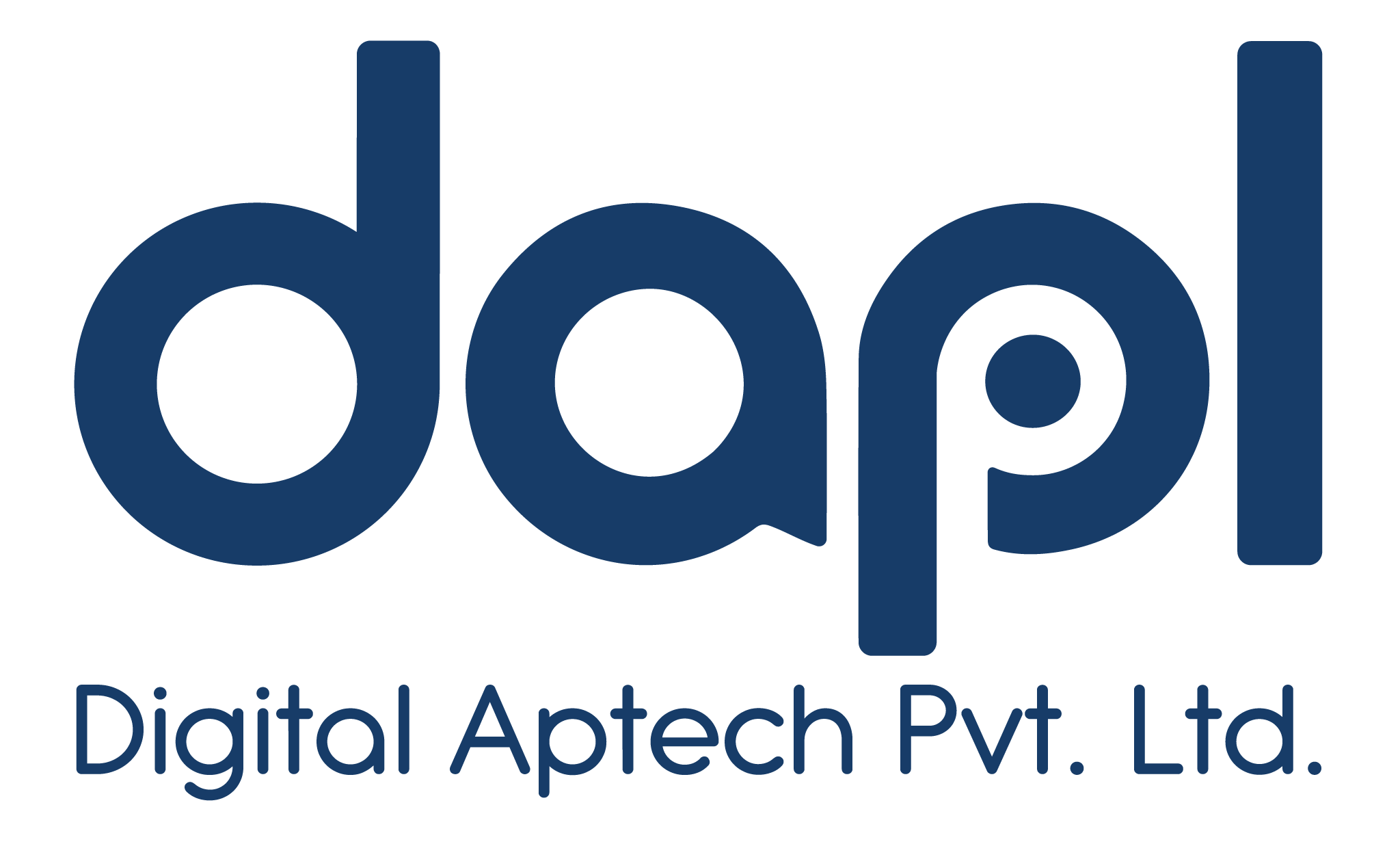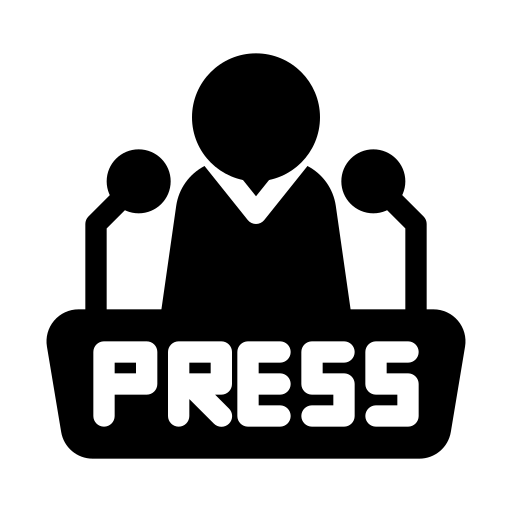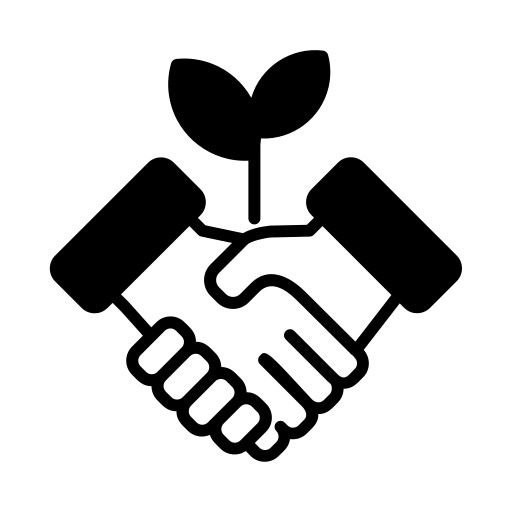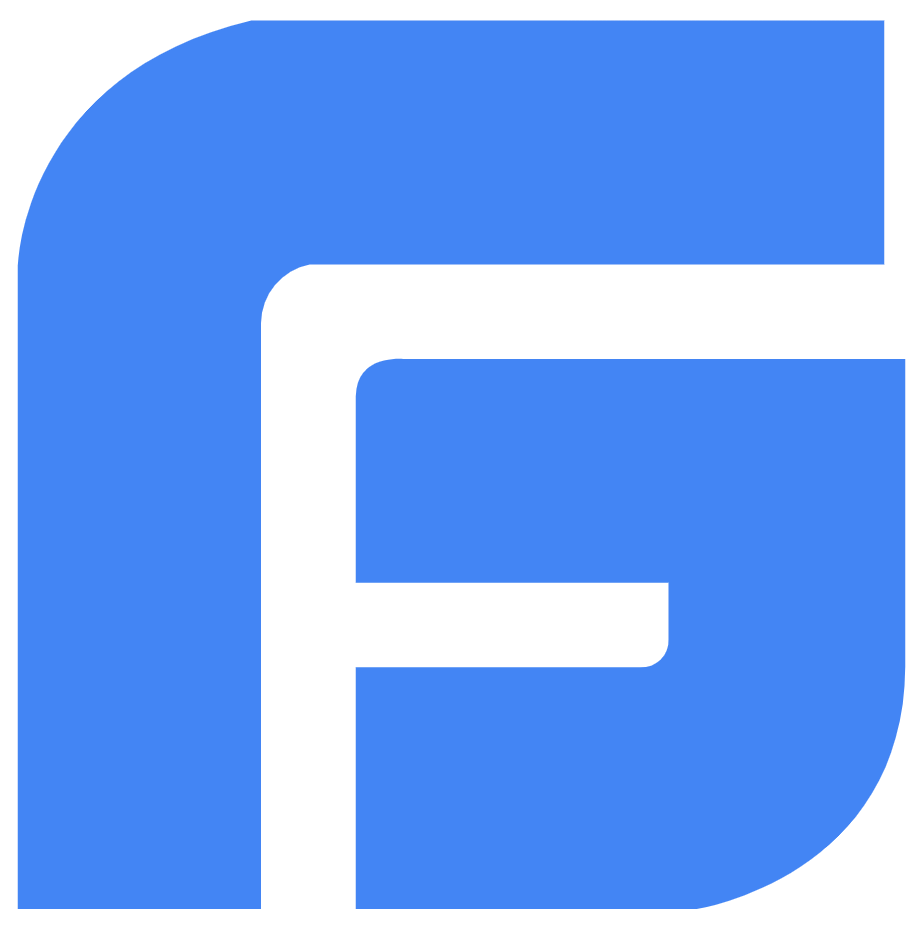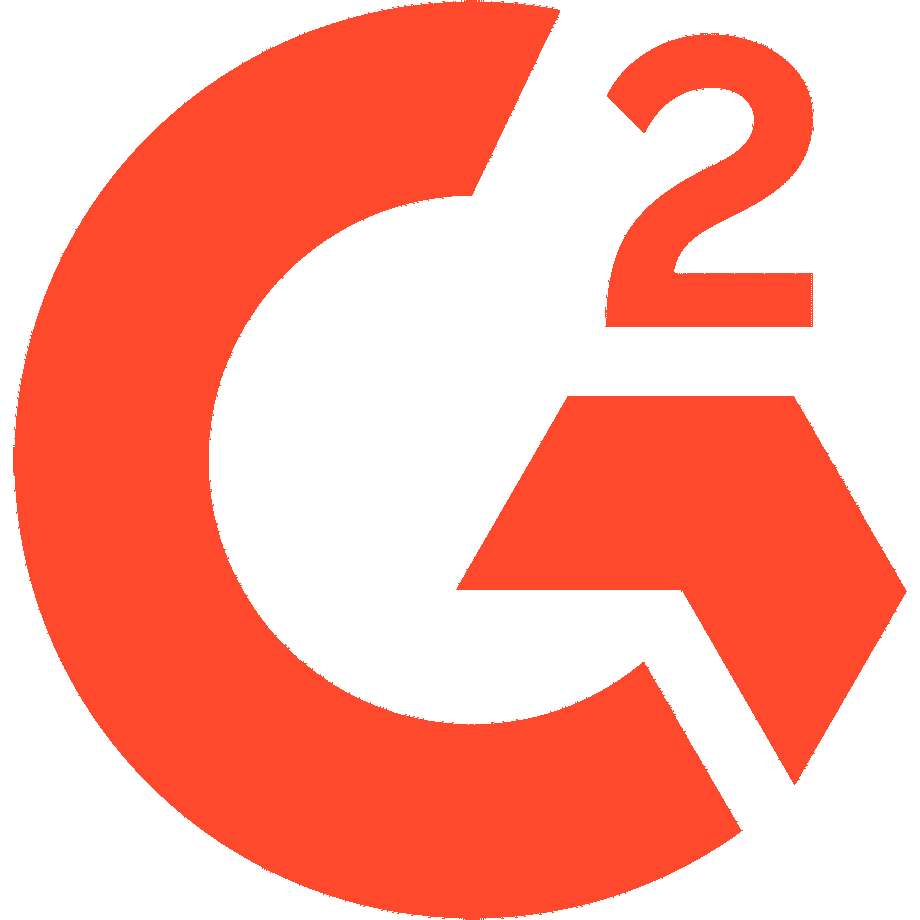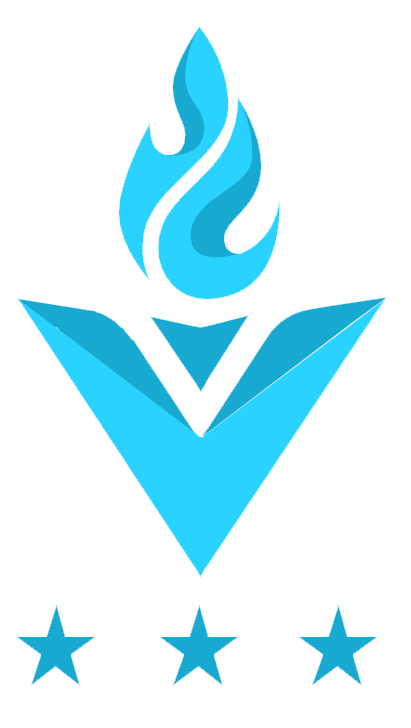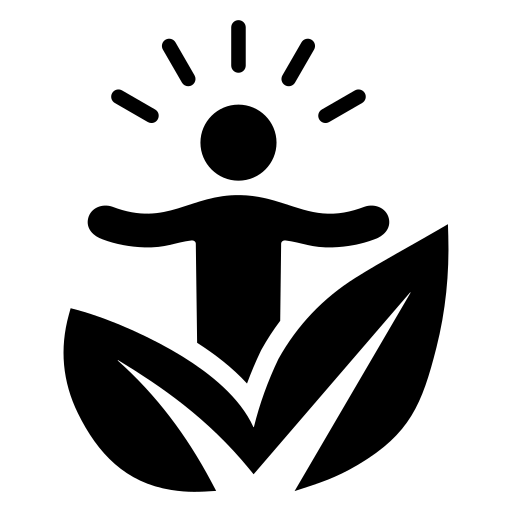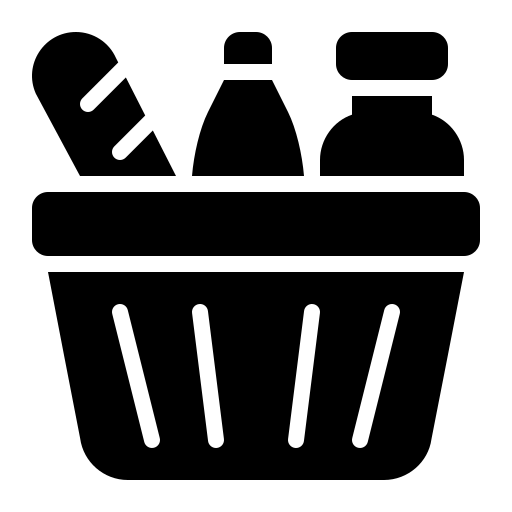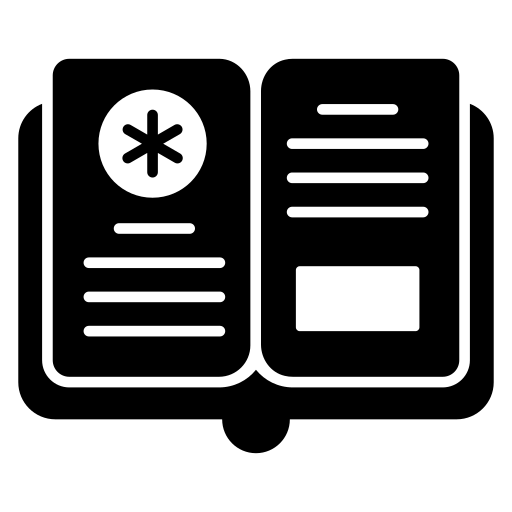The healthcare industry is not in a good state. Healthcare services have become a lot costly, the number of chronic diseases is on a rise and the global population is ageing. We are approaching a world where a huge section of the society would go unproductive because of old age, the basic healthcare facilities would become out of reach to most people and people would be more likely to get a chronic disease. Do you think this is the end of the world that we have long suspected? Fret not. IoT applications in healthcare are at your rescue. What is the internet of things (IoT)? It is such a technology that can make healthcare accessible by all and that is easier on the pocket. Isn’t it something that you want?
There can be seen a steady growth of the internet of things (IoT) in the healthcare industry. After all, it has the potential to improve the way physicians deliver care along with keeping the patients safe. IoT in healthcare has the ability to give patient engagement a huge boost. Also, it can improve patient satisfaction to a great extent by letting the patients spend a lot more time interacting with their doctors. So what applications do IoT has in healthcare? Let’s have a look:
1. Remote monitoring
One important application of IoT in healthcare is remote health monitoring. What exactly does it do? Well, monitoring helps people receive adequate healthcare when they need it the most. A large number of people die every day just because they don’t get prompt as well as timely medical attention. How can IoT help? With IoT, devices that are fitted with sensors let the concerned doctors know if there is any change in the important functions of a person and then treat them accordingly.
2. Assortment and analysis of data
Owing to real-time apps, a huge amount of data is sent to healthcare devices in a short amount of time. This data becomes hard to store as well as manage, especially if the access to the cloud is not available. Also, it becomes quite difficult for healthcare providers to acquire data from multiple sources and devices and analyze it manually. This is where IoT devices come into play. It has the ability to collect, report as well as analyse the data in real-time and eliminates the need to store the raw data.
3. Real-time location services
With IoT, real-time location services can be used by healthcare providers or doctors. They get to use it to track the devices that are used to treat patients. There may be times when medical staff keep the devices in areas that are difficult to find. If these devices and apparatus such as scales, wheelchairs, pumps, nebulizers, defibrillators or monitoring equipment are tagged with sensors, then they can be located with ease using IoT.
4. End-to-end connectivity
Wouldn’t it be great if the patient care workflow was automated? IoT has made it possible! With the help of healthcare mobility solution as well as other technologies and next-gen healthcare facilities, IoT enables data movement, exchange of information, machine-to-machine communication and interoperability that make the delivery of healthcare services effective. Connectivity as well as other modern protocols can bring a change in the way doctors detect illness and contribute to the innovation of revolutionary ways of treatment.
These are only a few of the numerous ways IoT solutions can be used in the healthcare industry. These technologies not only improve the product, but also cause a larger effect by bringing together minor changes. Want to leverage IoT technology for a healthcare app? Get in touch with us!
